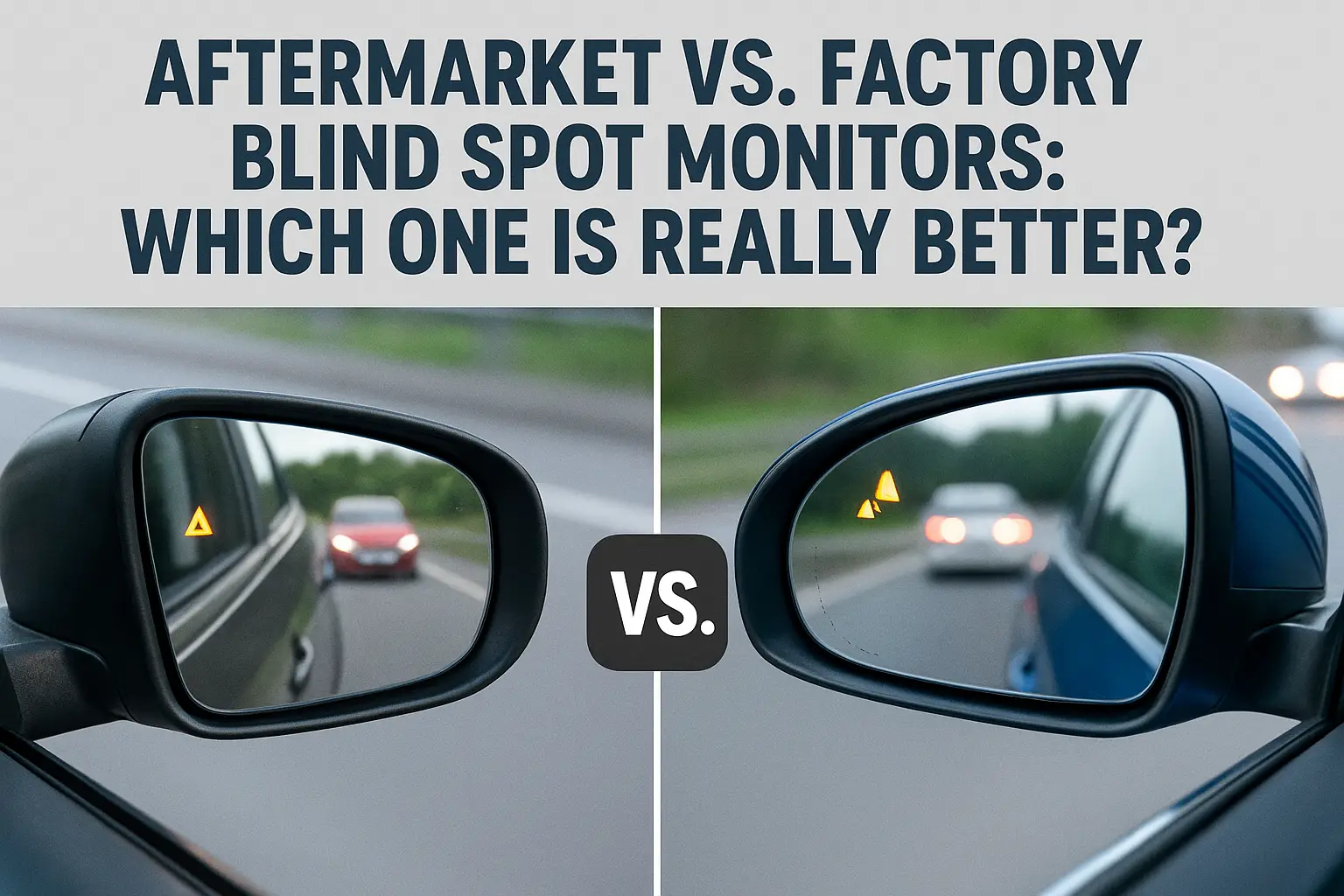Worried about that heart-stopping moment you almost merge into a car hiding in your blind spot? It's a common fear that can turn a simple lane change into a dangerous and costly mistake.
The best blind spot monitor depends on your vehicle and budget. Factory-installed systems offer perfect integration and are highly reliable, but come with a high price tag. Aftermarket systems are a flexible, affordable way to add this feature to any car, but their performance and quality can vary wildly.
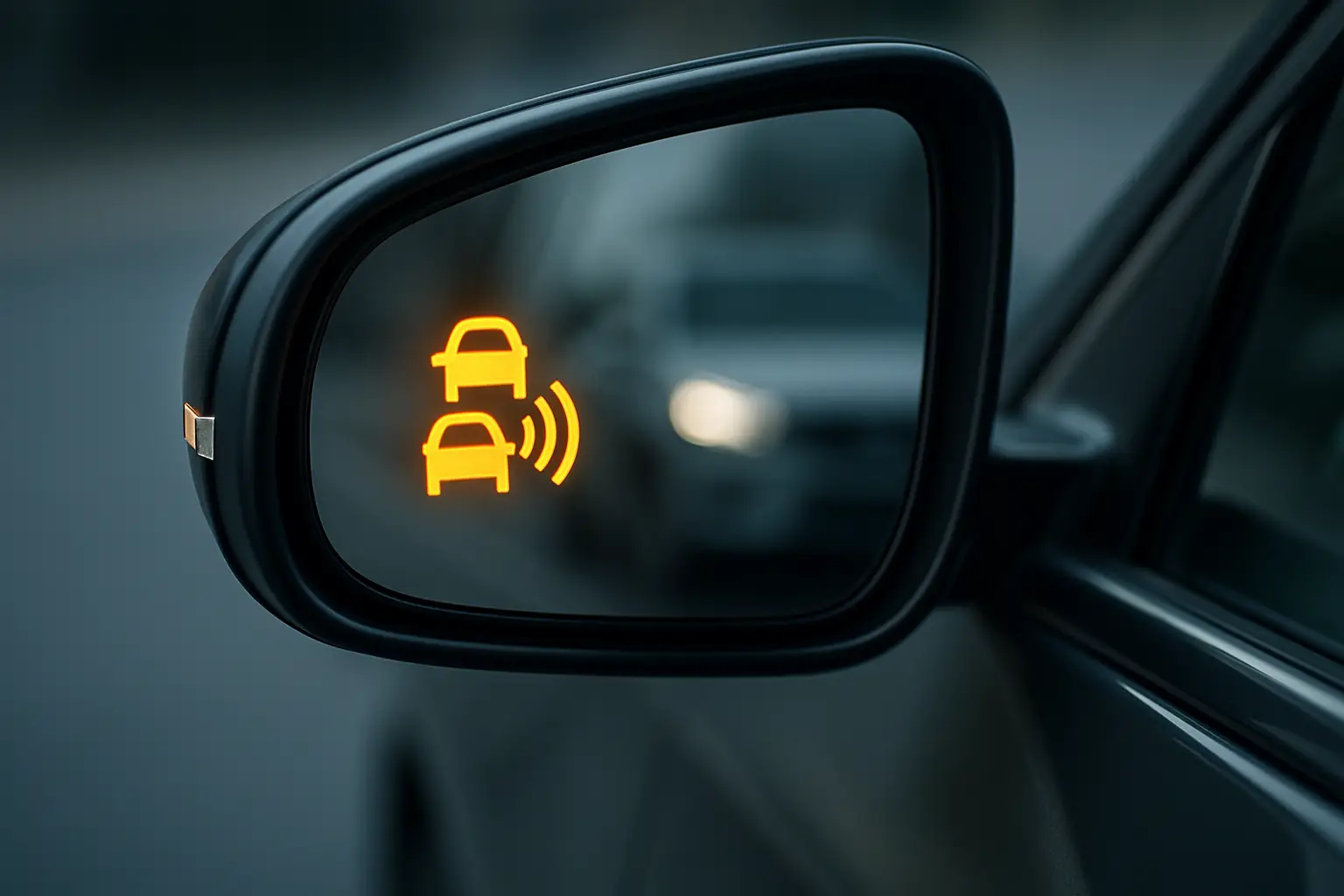
Now that you have the quick answer, let's explore the details that really matter. I've driven cars with both types of systems, and I've even gotten my hands dirty installing an aftermarket one. The choice is about more than just a flashing light; it's about reliability, integration, and your confidence on the road. Let's break down what you actually get for your money so you can make the safest choice.
Are Factory Blind Spot Monitors Worth the Hefty Price Tag?
You're at the dealership, and the salesperson is pushing a "Safety & Tech Package" that costs thousands. You wonder if that built-in blind spot monitor is really worth it, or if it's just an overpriced add-on.
For drivers who value seamless performance and peace of mind, yes, it's often worth it. Factory systems are engineered and calibrated for your exact car model. This ensures unmatched accuracy and integration with other vehicle alerts, all while being covered by the manufacturer's warranty.
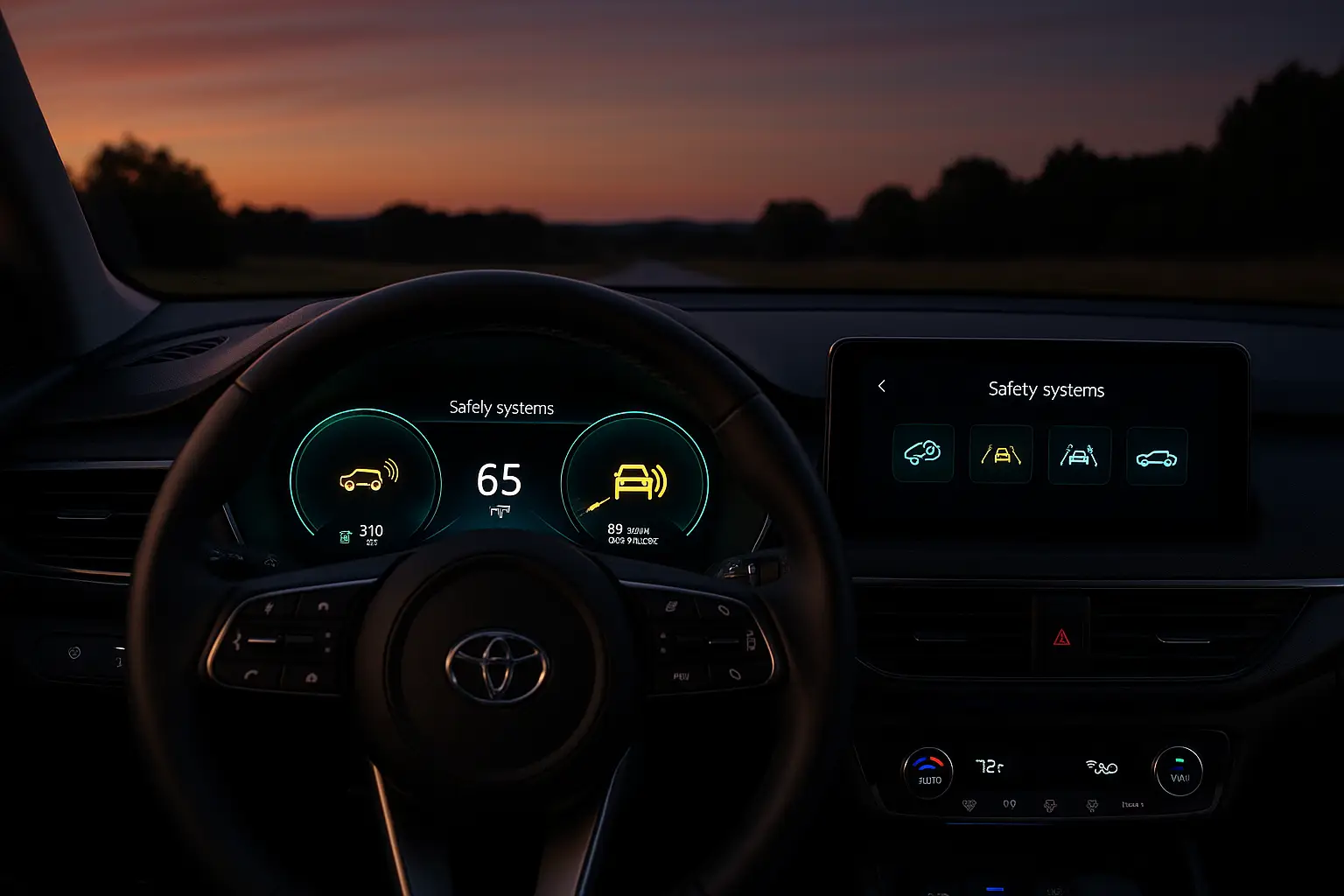
My current car came with a factory system, and the difference is in the details. The warning light isn't just a separate LED; it's elegantly built into the glass of the side mirror, exactly where my eyes are already looking. If I signal to change lanes while a car is detected, it doesn't just beep loudly. Instead, I get a gentle chime through the car speakers and a subtle vibration in the steering wheel. It feels like part of the car, not an add-on. These systems often include Rear Cross-Traffic Alert (RCTA) as well, which uses the same sensors to warn me if a car is approaching while I'm backing out of a parking spot. That feature alone has saved me from a fender-bender more than once. This deep integration, combined with the fact it was calibrated at the factory for my car's specific dimensions, provides a level of trust that’s hard to match. It even adds to the car's resale value down the line.
Factory System Breakdown
| Pros | Cons |
|---|---|
| Flawless Integration (Visuals, Audio, Haptics) | Very High Initial Cost |
| Includes Features like Rear Cross-Traffic Alert | Often Bundled in Expensive Packages |
| Precisely Calibrated for Your Vehicle | Cannot Be Added After Purchase |
| Covered by Full Vehicle Warranty | Not an Option for Older Vehicles |
| Increases Resale Value | No Customization Options |
Can an Aftermarket Kit Genuinely Compete with a Factory System?
You love your current car, but it lacks the safety features of newer models. Buying a new car isn't an option, so you're looking at add-on kits. Can one of these boxes really provide the same safety?
A high-quality aftermarket kit can be surprisingly effective and is a fantastic way to modernize an older vehicle. The secret is doing your homework to pick a reputable, radar-based system and prioritizing a professional installation. While it won't be as seamless as a factory setup, it can be just as good at detecting vehicles.
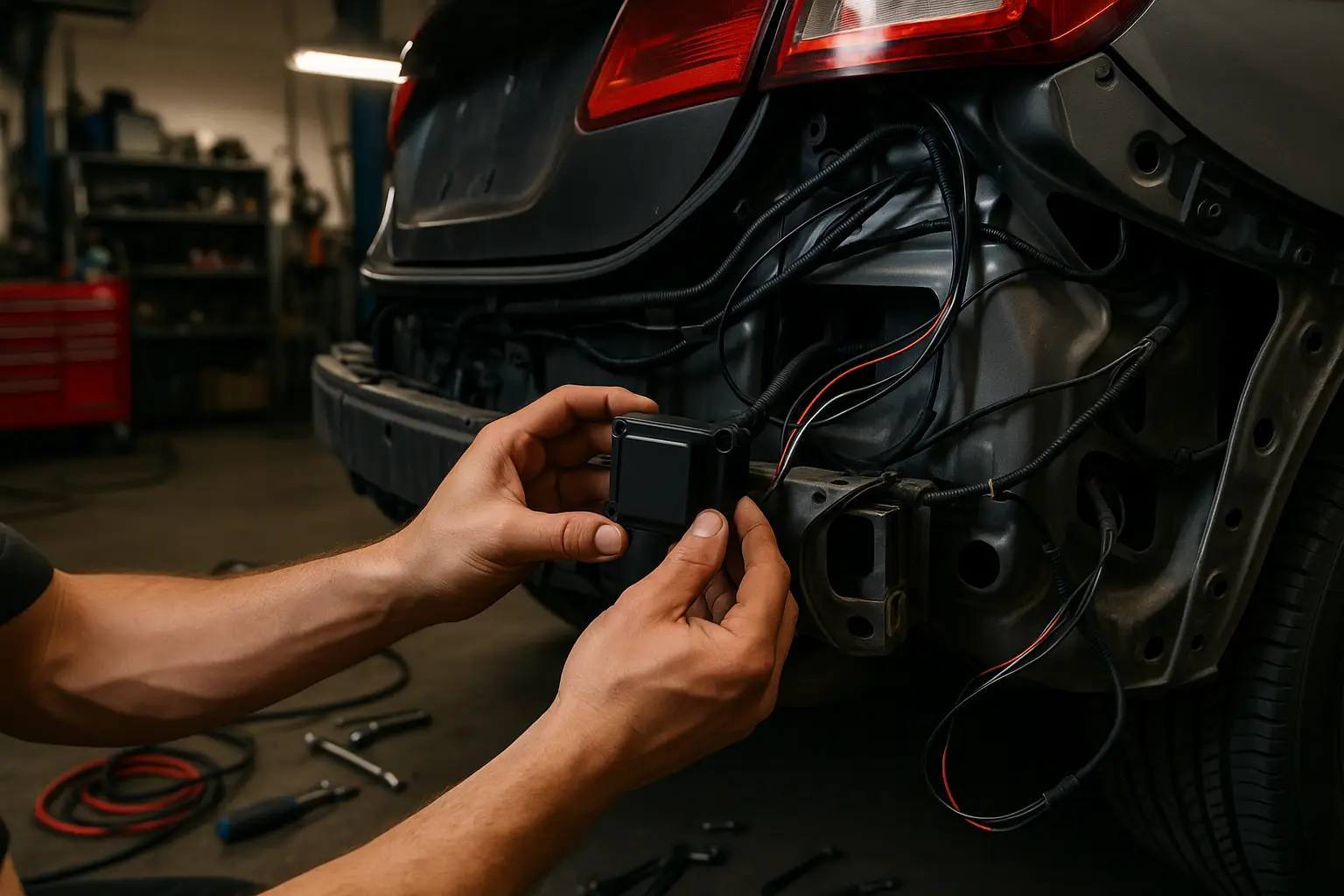
I helped a friend put an aftermarket system on his older pickup truck, and it was an educational experience. We spent a week researching, ignoring the cheap ultrasonic kits and focusing on radar-based systems from brands with solid reviews. The installation was a serious project. We had to remove the entire rear bumper to mount the radar sensors at the correct height and angle. Then came the wiring. We carefully routed cables through existing rubber grommets in the car body to avoid drilling new holes and creating rust points. Tapping into the car's electrical system correctly was crucial to avoid causing other problems. In the end, it worked great. The small LED indicators we placed on the inside of the door pillars are effective. It’s not as slick as my factory system, but it reliably detects cars. The biggest lesson was clear: the quality of the installation is just as important as the quality of the kit itself. A poor installation can lead to constant false alarms or, far worse, a system that fails to detect a car when you need it most.
Aftermarket System Breakdown
| Pros | Cons |
|---|---|
| Significantly More Affordable | Installation is Complex and Critical |
| Can Be Added to Almost Any Vehicle | Quality Varies Greatly Between Brands |
| Brings Modern Safety to Older Cars | Alerts (Lights/Beeps) Can Be Intrusive |
| You Can Choose Your System | Potential for Poor Aesthetics (Visible Wires/LEDs) |
| No Need to Buy a New Car | No Vehicle Warranty Coverage |
How Do These Systems Actually 'See' Other Cars?
A light flashes on your mirror, but what's the magic behind it? Understanding the technology is key to trusting it. Does the type of sensor used really make that much of a difference in daily driving?
Absolutely. The sensor is the heart of the system, and its technology directly impacts accuracy, reliability, and performance in different conditions. Factory and high-end aftermarket systems use radar, which is the gold standard. Cheaper options use less reliable technologies that can struggle when you need them most.
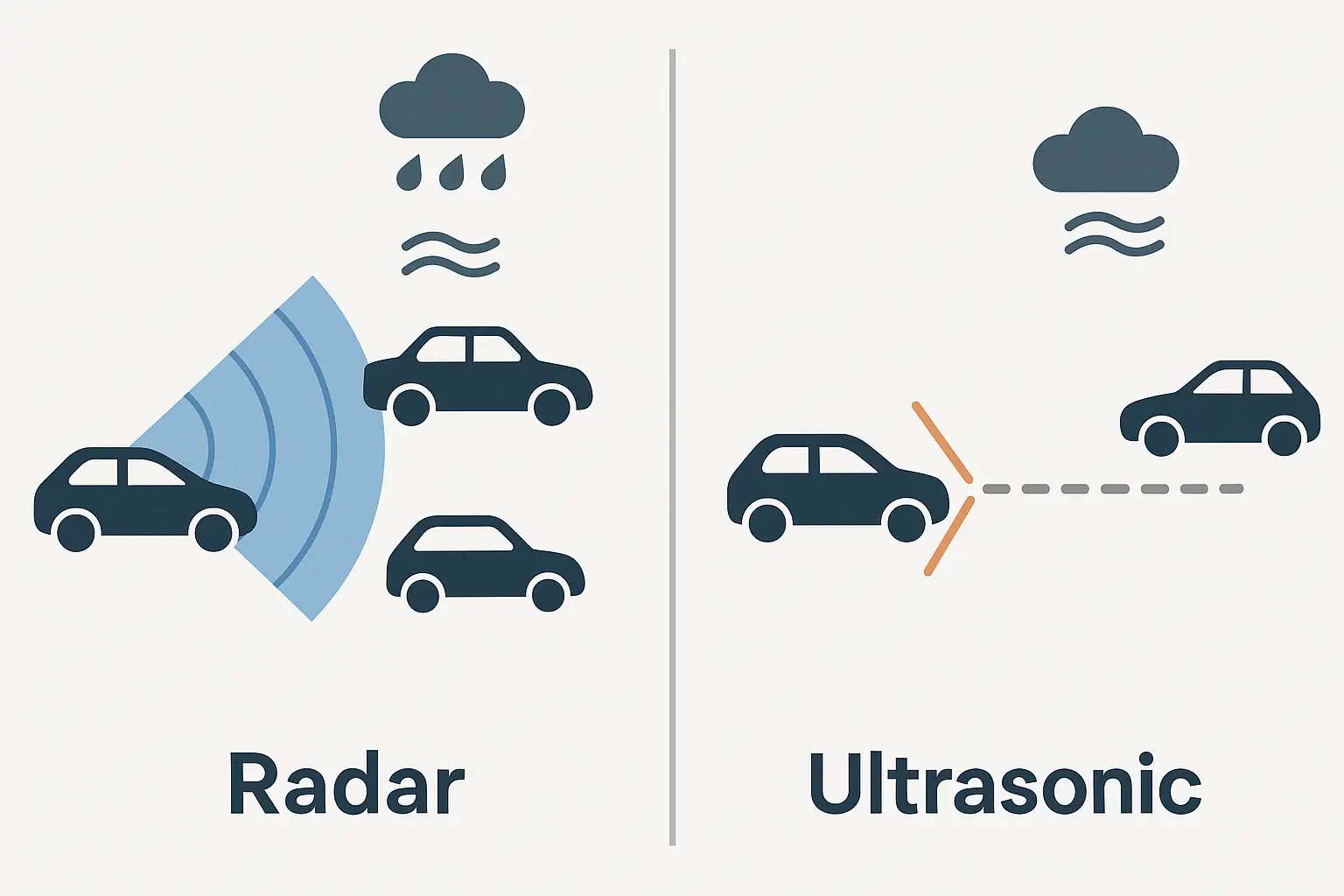
The reason radar is superior is that it works like a miniature weather doppler system. It sends out radio waves that can "see" through rain, snow, fog, and darkness. It doesn't just detect an object; it can accurately measure its distance and speed, which helps prevent false alarms from stationary objects like guardrails. Modern factory systems often use higher-frequency 77GHz radar for even better resolution. In contrast, many cheap aftermarket kits use ultrasonic sensors. These work by sending out sound waves, just like a parking sensor. Sound waves are easily disrupted by rain, wind, or even a thick layer of dirt, and their range is much shorter. This can lead to unreliable performance in bad weather. Camera-based systems exist but are less common for blind spots because they rely on clear visibility. A dirty lens, heavy rain, or sun glare can render them useless. For a feature as critical as blind spot monitoring, you want the all-weather reliability that only radar can provide.
Technology Comparison
| Technology | Best For | Key Weaknesses |
|---|---|---|
| Radar | All-weather, long-range, speed detection | Higher cost, requires precise installation |
| Ultrasonic | Low-speed, budget-friendly applications | Poor performance in rain/dirt, shorter range |
| Camera | Lane-keeping and object recognition | Highly dependent on light and clear weather |
Conclusión
Choosing between a factory and an aftermarket blind spot monitor comes down to a trade-off between perfect integration and cost. Factory systems are the clear winner for seamless, worry-free performance if you're buying a new car and can afford the package. They are tested, calibrated, and warrantied for your specific vehicle.
For those with older cars or on a tighter budget, a well-chosen and properly installed aftermarket radar system is an excellent and highly effective alternative. It brings a critical safety feature to a car you already own. My final insight is this: the best system is the one you can trust completely. Whether it comes from the factory or a box, adding reliable blind spot detection makes every single drive safer.

